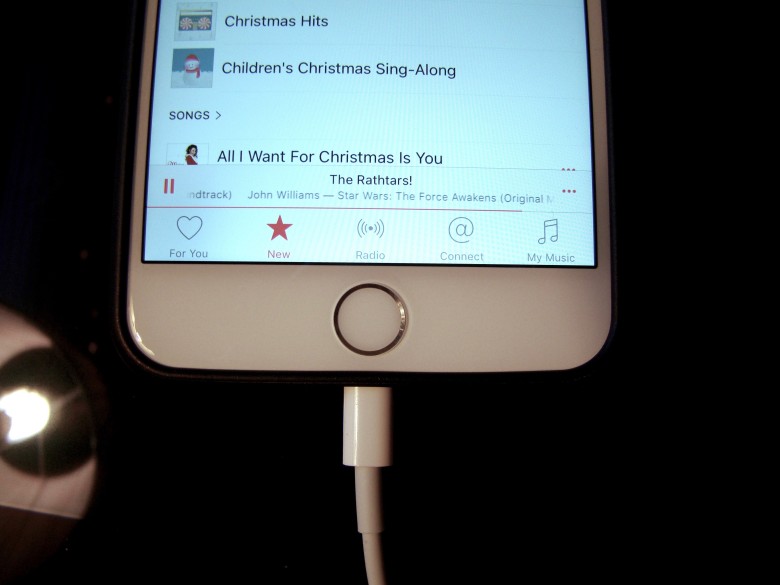

“Your photo and video albums are full of precious moments,” Apple counters to Google’s approach. But limiting Google’s access, also limits its functionality.


“For example to surface a trip in our Memories feature or suggest a photo book from a recent trip.”Ĭlearly, you can each take a view as to the personal data you’re comfortable being pulled into Google’s datasets to be mined and analyzed, and Google now offers more controls than ever before to restrict what is shared. “We do use EXIF location data to improve users’ experience in the app,” the company told me. Privacy Labels Apple / Facebook-will also harvest metadata from photos and pull the data into its algorithmically-driven money machine. But the agitated privacy lobby was not assured, especially given Apple’s past challenges in “just saying no” in China, on iCloud storage locations and app censorship, for example. to start and would only expand to countries where those risks could be contained. Political or religious dissent, other crimes, persecuted minorities in parts of the world where Apple sells its devices.Īpple explained in great detail that it had technical protections in place to hamper this, promising it would always say no. Worse-the real issue that holed Apple’s CSAM plans below the waterline was the risk that governments would expand beyond known CSAM content-collated by child safety organizations, to other content. Apple has highlighted the privacy invasion in searching across all your photos in the cloud, that just matching to CSAM databases would be welcome, but does it stop there? And what about the risks inherent in Apple’s technical detail, around false matches and manual reviews? Does that mean our cloud photos on other platforms are regularly flagged and reviewed by desks of manual operators?

But turn that around the other way, and there’s an interesting conundrum for the rest of the industry.


 0 kommentar(er)
0 kommentar(er)
